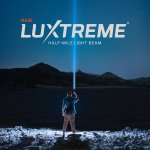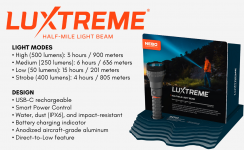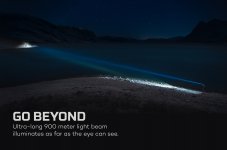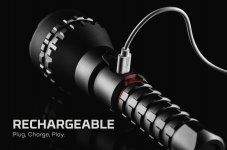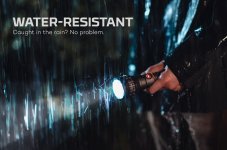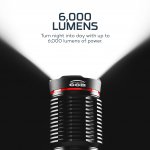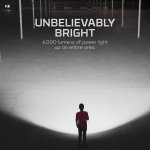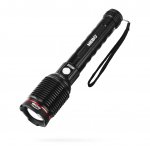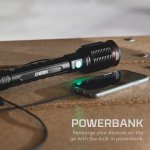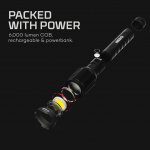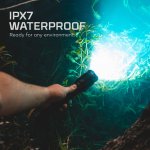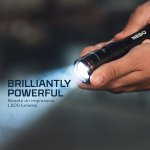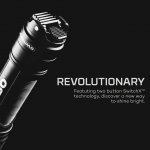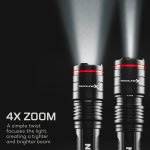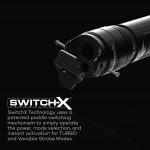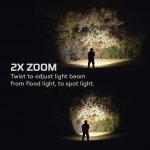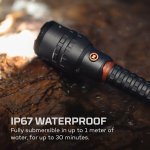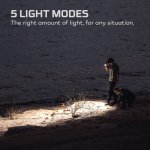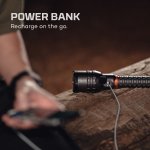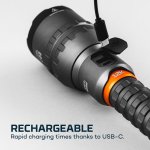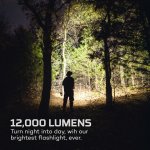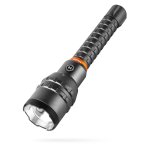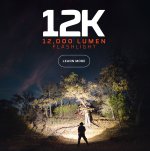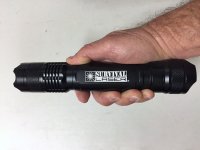
The Survival Laser S4X™ host is the big brother to our original S4™ host. This
massive host accepts 2 X 18650 batteries and uses the same heat sinks and driver pill modules as our other hosts. The S4X weighs over 6 times as much as the S4 and has far greater heatsinking capability, which allows longer run times without overheating the diode. In addition, the use of two 18650 batteries more than doubles the potential total run time of any of our smaller hosts.
The S4X features a tapered strike bezel-style crown/retaining ring, a knurled and grooved heat sink holder, battery holder with cooling fins and groove detail, and a knurled, grooved and scalloped tail cap with a recessed 'clicky' switch and wrist strap. The design of the tail cap and wrist strap retention method permits the S4X host to tail stand.
Includes your choice of aluminum or copper heat sink with set screw and a 0.050' Allen wrench (or no heat sink), choice of drilled aluminum or heat sink driver pill to fit a 16.8mm diameter driver board, and choice of black anodized laser etched with the Survival Laser logo, or with no marking in black anodized finish.
Note: If you select the "driver heat sink" pill option, you should also select the "extended and tapered copper" heat sink option to allow enough room for the other components.
All heat sinks are designed to fit a standard 12mm diameter diode module. An adapter is available to fit the DTR 20mm diode module here:
The 20mm diode module adapter is used to retain a 'DTR' 20mm all-copper diode module within our S4X host. DTR 20mm copper diode modules can be purchased here: DTR Copper Diode Modules The inside lip of the adapter makes direct contact with the module and holds it in compression against the...

www.survivallaserusa.com
The S4X can be used as a high performance flashlight with our flashlight parts bundles, a single 18650 battery and a dummy 18650 battery.
Note: Does not come with LED diode, driver circuit, focusing ring or other components. Extended and tapered copper heat sink option shown in photos.
Overall Length: 7.87" (200mm)
Maximum Diameter: 1.50" (38mm)
Weight: 358 grams (without heat sink)
Available on the Survival Laser USA and international stores.




